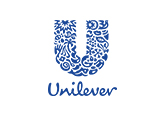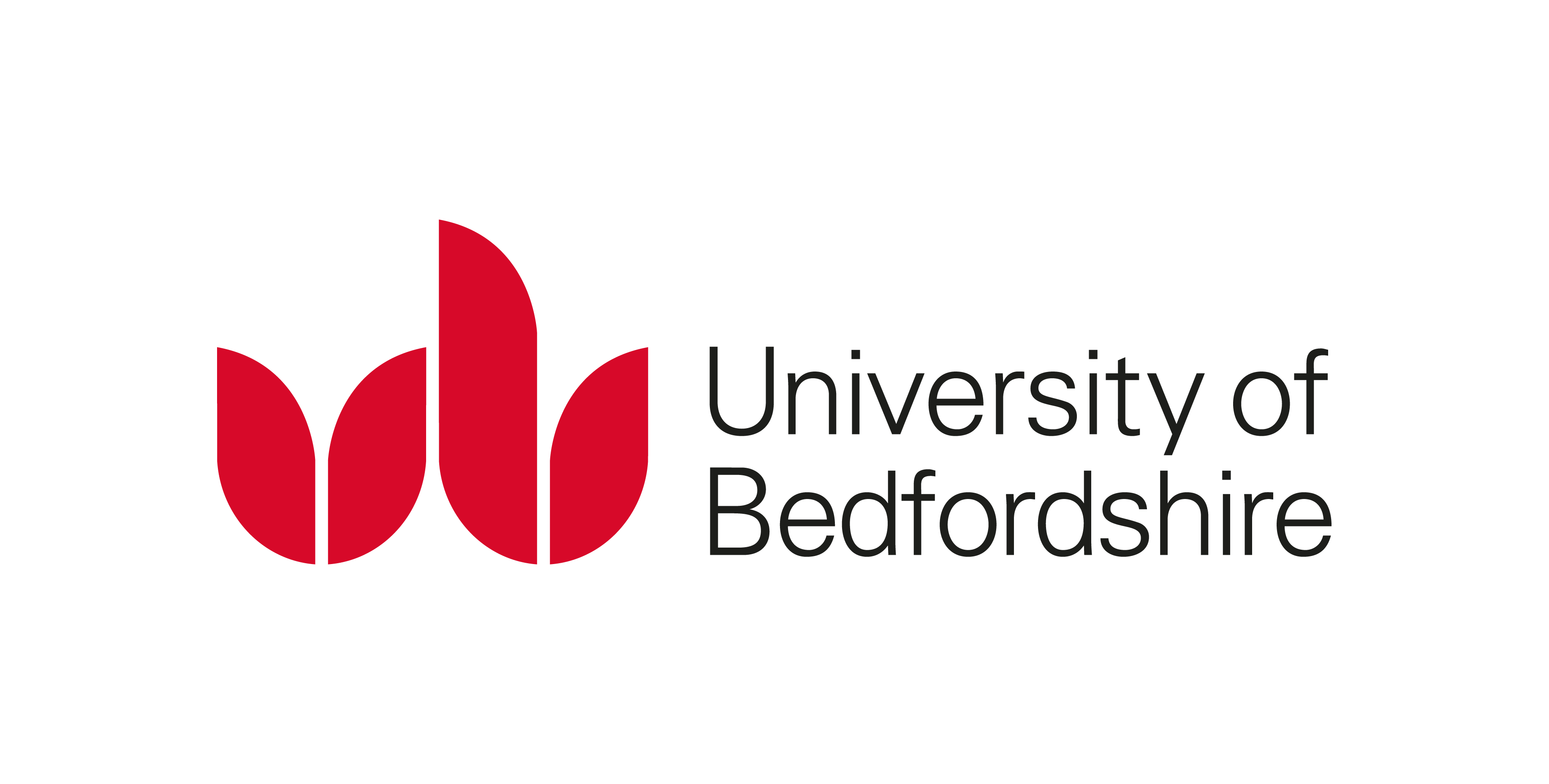
At Wellington Capital Advisory (WCA), we continue to acclaim the positive impact that technological disruption is having on the scale and scope of the Indonesian financial services industry.
Buoyant growth is evident in all sectors of the market and continues unabated – despite the relative slowdown in overall economic performance during the past two years during the ongoing pandemic.
Looking forward, Indonesia’s overall Internet sector is expected to be worth USD 146 billion by 2025. This represents compounded year-on-year growth of 20%, as per the latest survey published by a consortium of Google, Temasek Holdings and Bain & Company (November 2021).
In our prior evaluation of the financial services market in 2021, we observed the rapid pace of consumer adoption of electronic wallets and the broadening appeal of Buy Now, Pay Later (BNPL) services.
We look again at these categories in our latest Wellington Perspective and report on the current developments, as the respective markets transition to the early stabilization phase.
According to Bank Indonesia (BI), the gross value of electronic money transactions reached IDR 305 trillion (c. USD 21 billion) in 2021, growing by 49% from IDR 205 trillion (c. USD 14 billion) in 2020. This follows an equivalent increase of 41% in aggregate transaction value between 2019 and 2020.
Indonesia is also experiencing a significant increase in the scale of the digital banking category, paralleling a similar expansion of the digital economy as a whole.
We examine the current dynamics of the digital banking market in this Wellington Perspective with a particular focus on the major players, their competitive positioning as well as their core product and service offerings.
There are three ‘macro segments’ that comprise the digital banking market:
Mega Banks – existing banks who have either been acquired by or have established a strategic partnership with an existing technology powerhouse – with a broadly-based eco-system – such as Shopee (Bank Seabank Indonesia) and GoTo (Jago Bank).
Neo Banks – non-bank Fintech start-ups that offer user applications, software and adjunct technologies to streamline mobile and online banking procedures. Kredivo and Akulaku are two noteworthy examples, both of whom started out as P2P lenders prior to becoming BNPL operators.
Traditional Banks – incumbent banks that have created a digital banking ‘line of business’ as an extension to their existing service delivery platform. This enables them to leverage their institutional assets – established brand equity, embedded customer base, enterprise-wide systems infrastructure, etc. in order to compete head-to-head with the newcomers to the market. Jenius (Bank BTPN), Digibank (Bank DBS), and TMRW (Bank UOB) are currently-licensed digital banks.
Source from Wellington Capital Advisory
Original News HERE
































